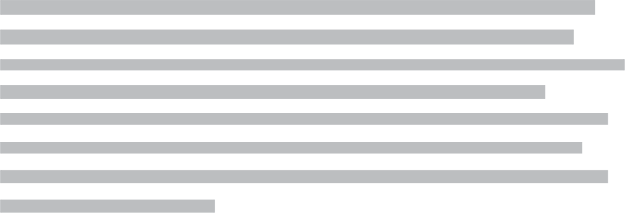All official European Union website addresses are in the europa.eu domain.
See all EU institutions and bodiesThe supply risk for materials, critical for Europe's transition to a climate-neutral and competitive economy, is rising overall due to dependence on a limited number of suppliers from countries with governance and geopolitical risks.

Europe heavily relies on imports of raw materials like metals and metalloids to meet its current and future needs in transitioning to a climate-neutral and resource-efficient continent. The EU Critical Raw Materials (CRM) assessment, conducted every three years, evaluates supply risks and the economic importance of raw materials used in Europe. The EU CRM Act establishes a framework for ensuring a secure and sustainable supply of critical raw materials, e.g., by identifying critical and strategic raw materials, setting benchmarks for domestic production, or promoting improved circularity.
The figure shows that Europe depends on a large number of raw materials for which supply risk has gone up from 2011 (first EU CRM Assessment) until 2023 (last assessment year). For 36 raw materials supply risk has increased over this time-period, for 5 materials it has stayed steady, and for only 25 materials supply risk could be lowered (out of a total of 66 raw materials assessed). An increasing supply risk over time indicates Europe´s growing reliance on raw materials from a limited number of suppliers located in countries with governance and/or trade issues, and the lack of sufficient EU recycling and low-risk substitute materials.
Supply risk for raw materials can fluctuate over time due to various economic, geopolitical, environmental, and technological factors. Reasons for increasing supply risk in the EU methodology include, e.g., higher supplier market concentrations in countries with low levels of governance (measured using the Herfindahl-Hirschman Index (HHI) and World Governance Indicator (WGI)), imposed trade restrictions, low levels of recycling and possibilities to substitute the raw material with low supply-risk alternatives.
Examples for high supply riskmaterials include e.g. aluminium, where the EU supply mix relies heavily on bauxite mining in Guinea. According to Eurostat, EU self-sufficiency for aluminium is currently only around 11 percent. A shift of supplying countries and an increase of domestic supply (e.g., mining in Greece) could help to reduce the supply risk. Recycling is also seen as one of the risk-reducing factors, however, the amount of aluminium entering the EU economy from secondary sources has slightly decreased from around 35% in 2013 to 32% in 2023(e.g., due to consumption increasing faster than the availability of scrap aluminium).
Another example for a material with a high supply risk is lithium, which is used predominantly in batteries (e.g., in electric vehicles). The element has historically been sourced largely from Chile, while more recently increasing supplies of refined lithium come from China (mined in Australia). Increasing the EU´s domestic refining capacity would help to lower the supply risk for lithium. Recycling could also provide some of the supply, especially as more batteries reach their end-of-life and recycling technologies further develop. The EU Battery Regulation is pivotal in lithium recycling as it mandates minimum levels of recycled lithium to be incorporated into new batteries by 2030, promoting a circular economy.
Circular economy measures can help to mitigate supply risks by lowering the demand for primary raw materials, e.g., via closing material loops and providing domestic secondary sources for sourcing, more intensive use of materials (thus lowering demand for new materials consumption), materials efficiency, extending the lifetime of materials in products, and responsible sourcing. By highlighting the supply risk trend for the EU, this metric highlights the importance of implementing circular measures.




